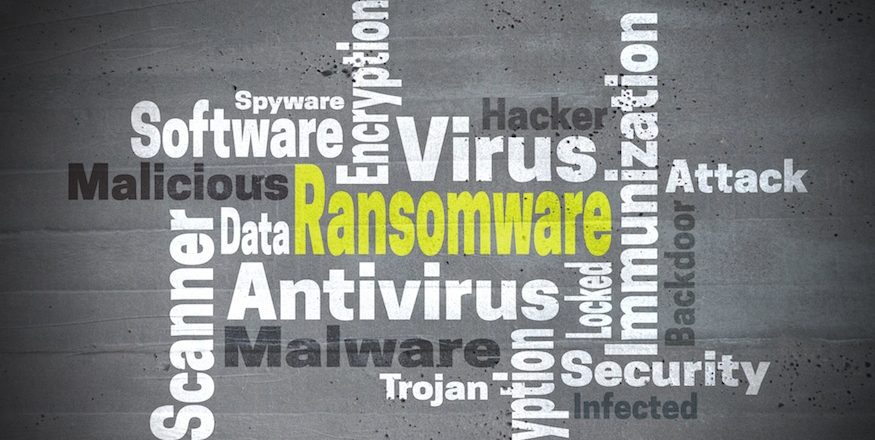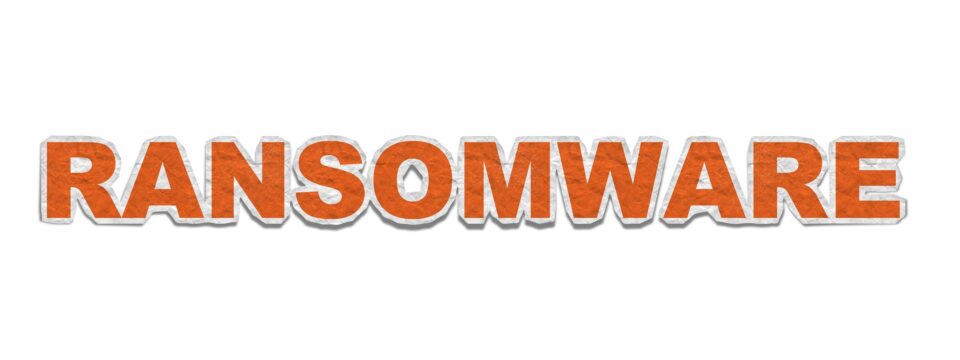
A vulnerable Windows driver has been revealed to be the ‘hole in the fence’ that the BlackByte ransomware needs to breach your IT infrastructure.
The attack is interesting in that it uses a relatively new attack strategy known as Bring Your Own Vulnerable Driver (BYOVD). It’s an attack method which targets vulnerabilities in drivers to take control of the victim’s PC. And, to maximize the impact of the breach, the ransomware goes on to disable more than 1,000 drivers associated with security software.
The ransomware involved in this recent attack is believed to have been brewed by the BlackByte threat actors, a hacking group whose origins can be traced to the infamous Conti hacking team. Clearly, the BlackByte team know what they are doing and it’s vital that you are aware of their strategies.
What is BlackByte?
The vulnerable driver in the sights of BlackByte’s target is RTCore64.sys, a driver associated with the MSI Afterburner utility found in countless graphics cards. To be specific, RTCore64.sys is a kernel driver, and this means that it’s involved in the transfer of data between a piece of hardware and a PC’s operating system. The problem with RTCore64.sys is that it’s associated with the CVE-2019-16098 vulnerability.
Once BlackByte has exploited the CVE-2019-16098 vulnerability, the threat actors can access the arbitrary memory of that PC. Access to this area gives BlackByte the opportunity to assume administration privileges, execute commands and transmit data. The ransomware also prides itself on its ‘anti-analysis’ strength, a fact most evidenced by its ability to disable numerous security products and remain undetected.
The Importance of Updating Drivers
The vulnerability at the heart of BlackByte’s attack, CVE-2019-16098, is far from new and, therefore, is a very different attack to that of a zero-day vulnerability. In fact, the CVE-2019-16098 vulnerability has been known of since 2019. This underlines the fact that hackers will focus on known vulnerabilities – after all, it’s much easier to attack an existing vulnerability than to spend time trying to find new ones. As a result, it’s crucial that you update any drivers when prompted to or, more simply, you activate automatic updates.
Not all driver vulnerabilities, however, have updates available due to a variety of reasons such as support being discontinued for a product. Thankfully, it’s still possible to minimize the risk of these vulnerable drivers. As long as your organization keeps a log of all the authorized drivers used within your IT infrastructure, you can regularly check the security status of these drivers. If one is found to be vulnerable with no patch available, you can simply apply block rules to these drivers.
Final Thoughts
The threat presented by BlackByte’s ransomware has the potential to create chaos across your IT network and needs to be taken seriously. And it’s not the only risk which utilizes these methods as, for example, the Avos Locker ransomware uses similar strategies. Accordingly, the importance of applying updates and monitoring vulnerable drivers has never been stronger.
For more ways to secure and optimize your business technology, contact your local IT professionals.
Read More














